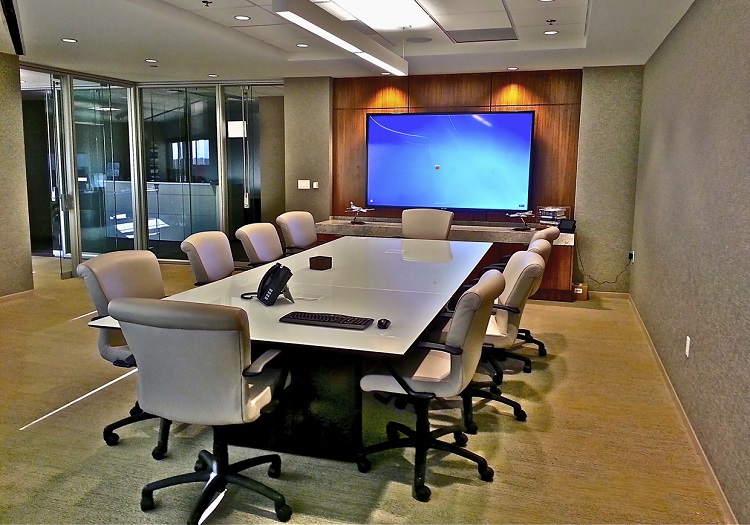Highlighting the Impact of Illumination Conditions on Motion Identification Accuracy and Dependability
Highlighting the Impact of Illumination Conditions on Motion Identification Accuracy and Dependability
Blog Article
Lighting environments have a crucial role in how well we can detect motion. Movement detection is a critical component of different systems, such as surveillance cameras, automatic illumination systems, and also some video games. Understanding how different lighting environments affect our ability to perceive movement can help improve the design and effectiveness of these systems. For example, poor lighting can result in overlooked motions or incorrect alerts, while ideal illumination can boost the precision of movement detection systems.
In bright lighting environments, motion detection is typically more accurate. As there is ample illumination, sensors and cameras can capture sharper pictures, which helps in recognizing moving elements. Bright conditions allow for better contrast between the dynamic element and the background. This differentiation is essential for both visual observers and mechanical systems, as it makes it easier to distinguish between static and moving objects in a scene. Thus, ensuring that areas are adequately illuminated can greatly enhance the effectiveness of motion detection technologies.
On the other hand, dim environments can present challenges for movement detection. In dim settings, shadows can hide moving elements, making them hard to perceive. Additionally, the human eye faces challenges to perceive motion in low light, which can go right here result in misunderstanding of what is happening in the surroundings. Cameras might also encounter difficulties, as many do not perform well in dim conditions without the use of infrared technology or alternative improvements. These limitations highlight the significance of adequate lighting in environments where motion detection is critical.
Additionally, different types of illumination can have varying effects on movement detection. For instance, neon lights can flicker, which can mislead motion detection technologies that depend on consistent illumination input. On the other hand, daylight provides a steady source of lighting that enhances visibility. Comprehending these differences in lighting conditions can assist users in choosing the most appropriate lighting for specific uses, particularly in security how to balance motion detection settings and safety situations.
In conclusion, the connection between illumination environments and motion detection accuracy is significant. By ensuring that environments are suitably illuminated, we can improve the dependability of movement detection technologies. This understanding not only benefits technological applications but also improves safety and security in various settings. As more advancements are made in motion detection technology, taking into account illumination environments will continue to be a crucial consideration in enhancing effectiveness and guaranteeing that these technologies function properly in various conditions.